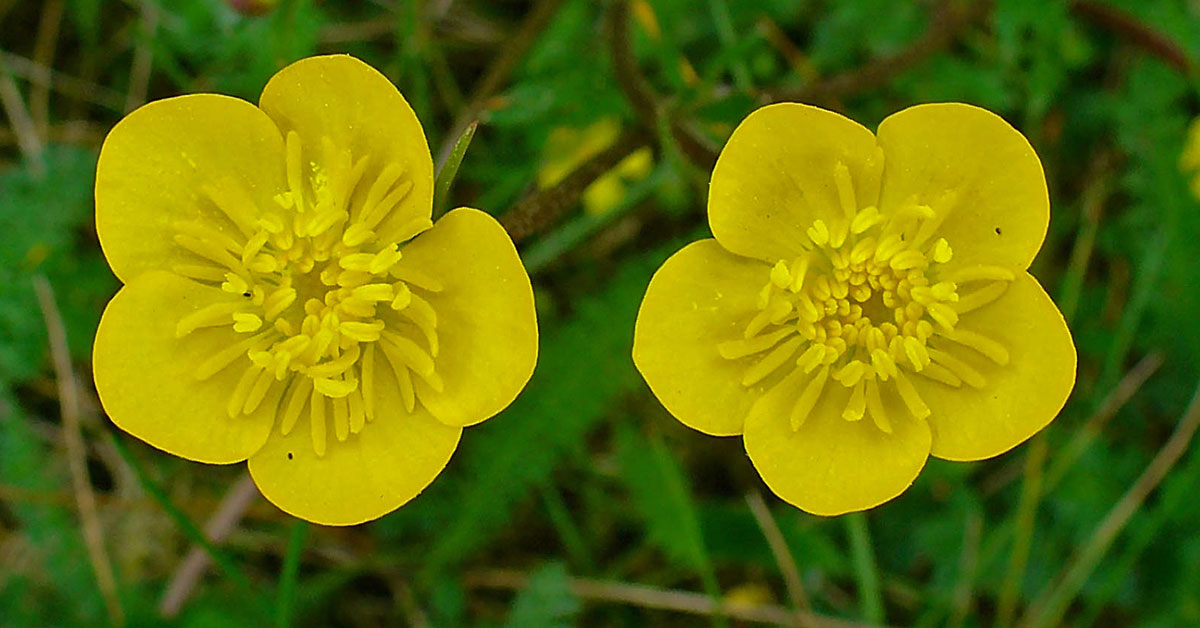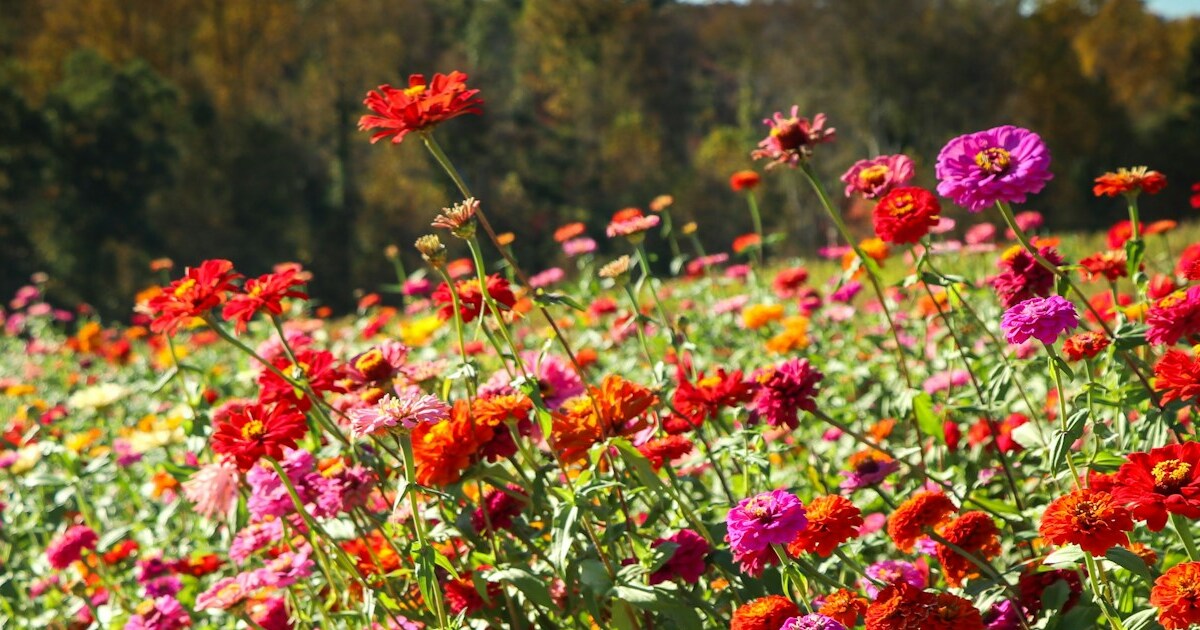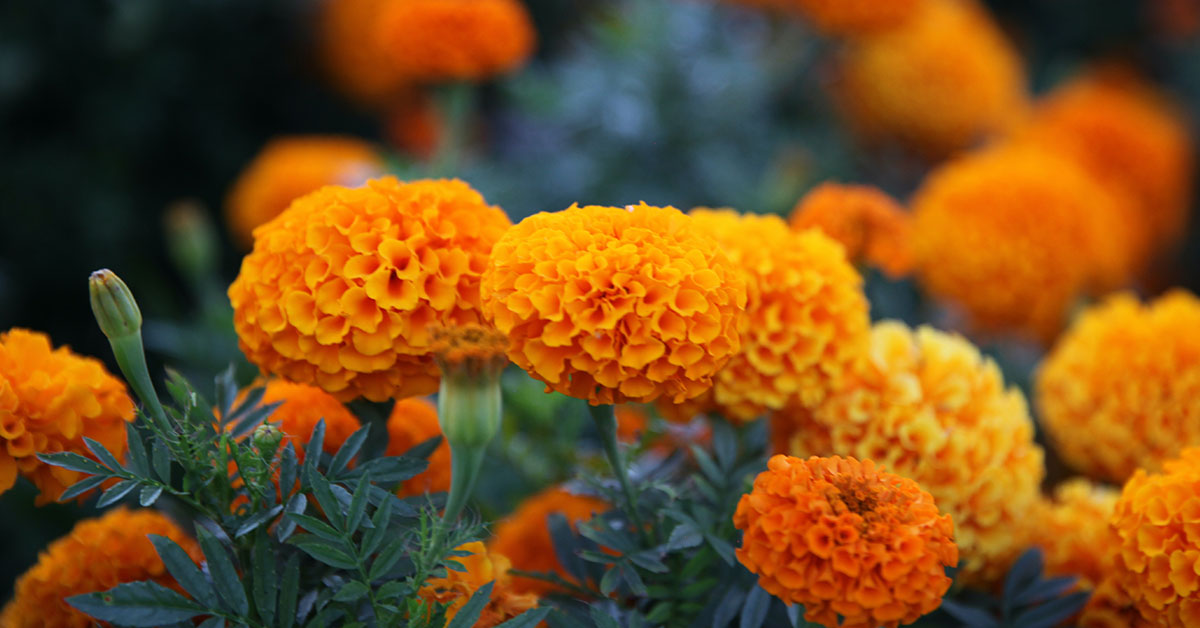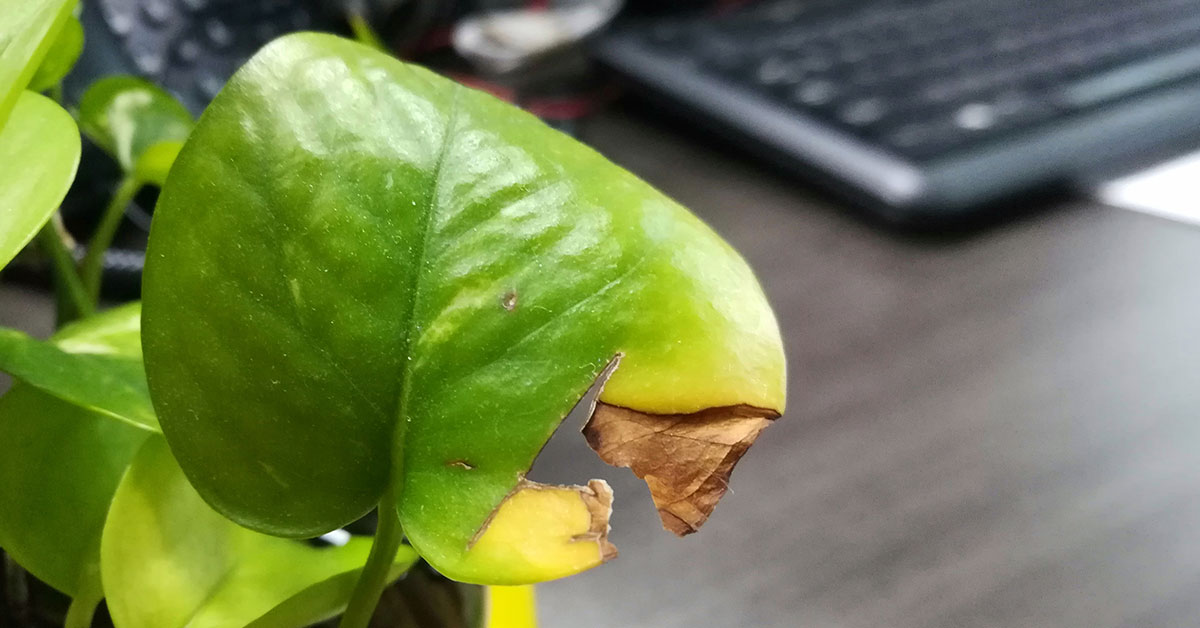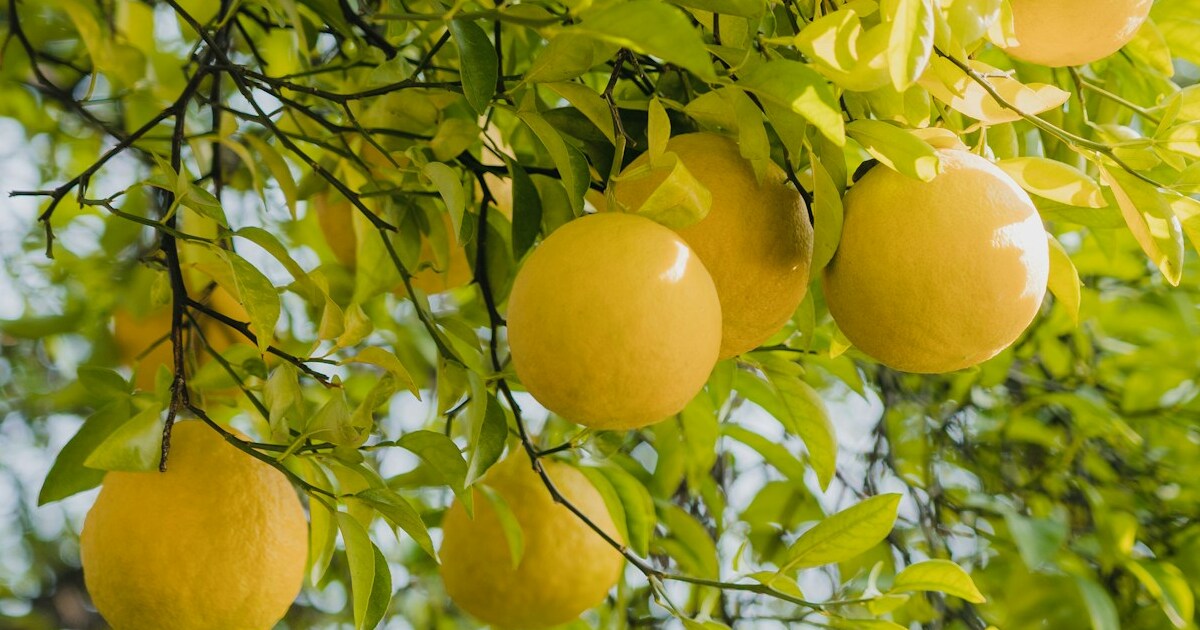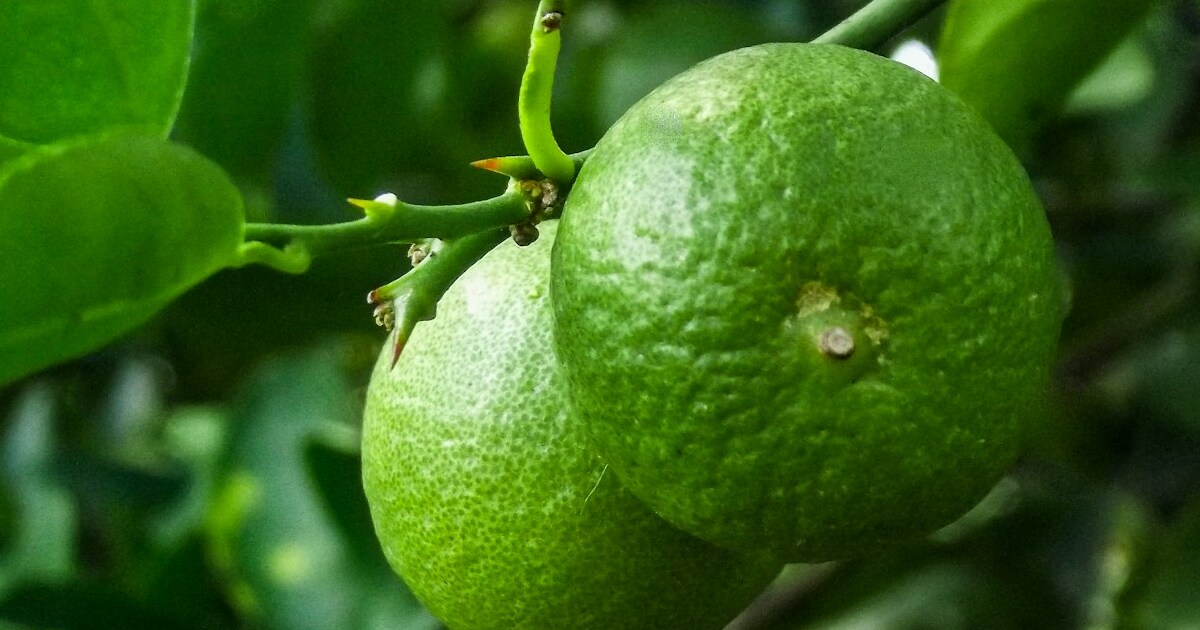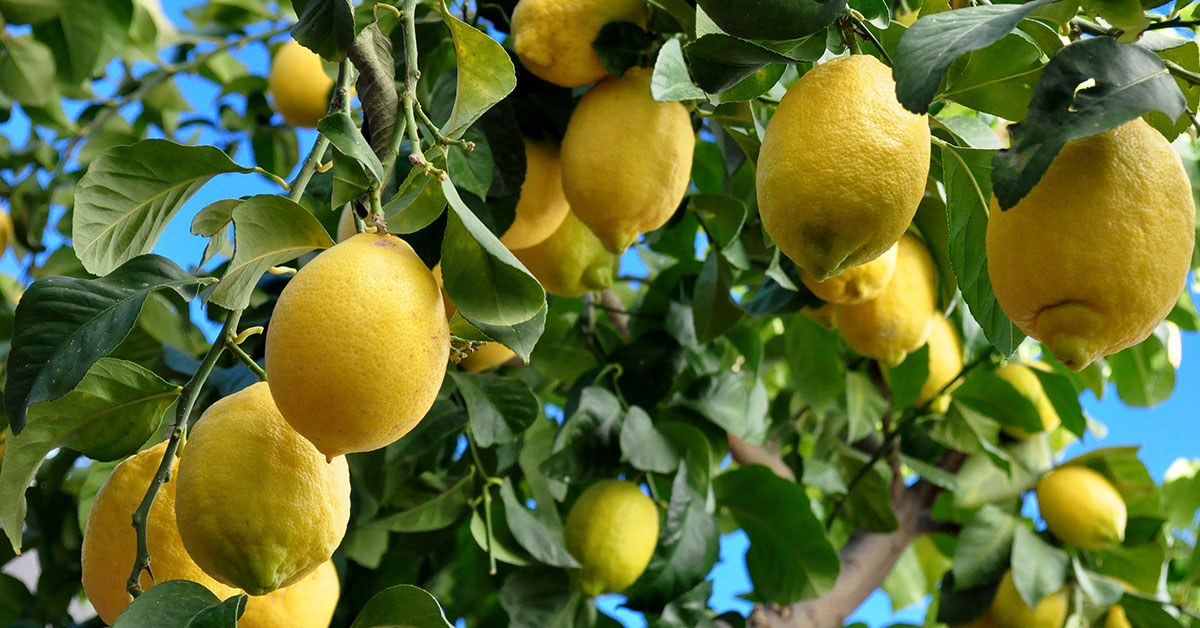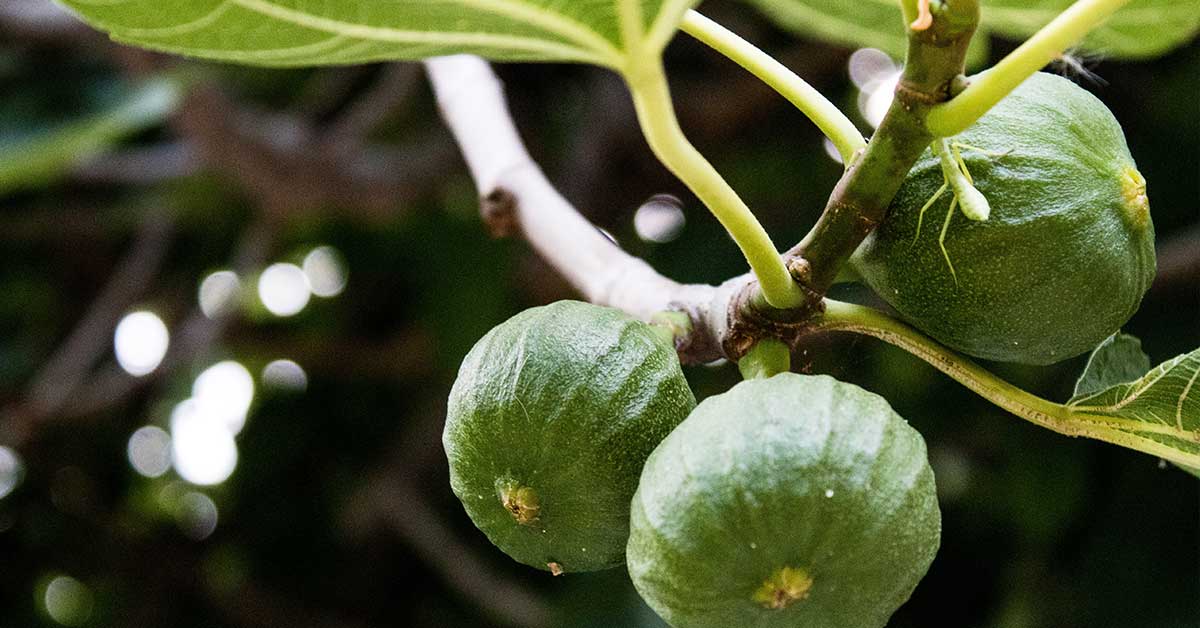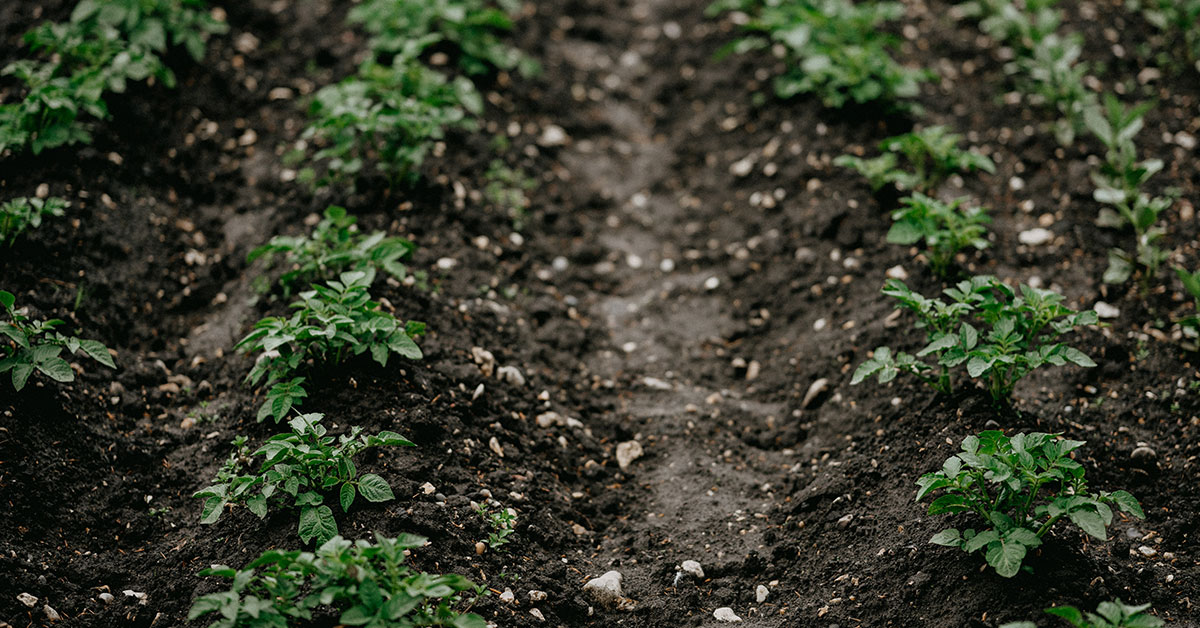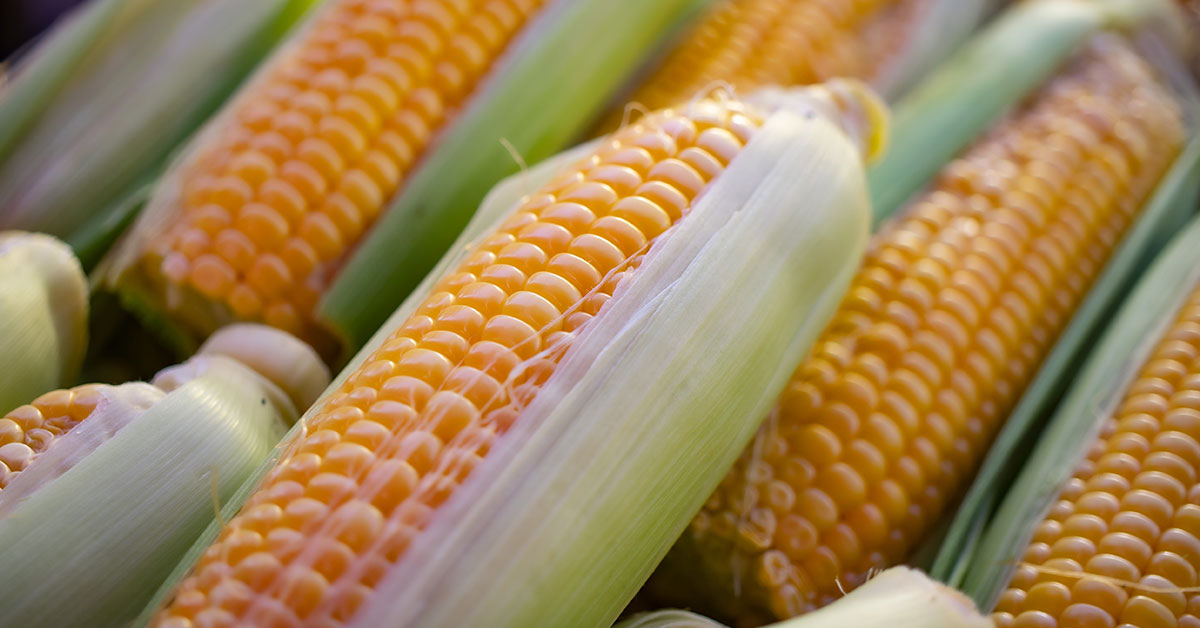If you’re an avid gardener in the UK, then you may already be familiar with the stunning beauty of ranunculus flowers. With their vibrant colors and delicate petals, these blooms are a favorite among many garden enthusiasts. However, to ensure the success of your ranunculus plants, it’s crucial to plant them at the right time. Timing is everything when it comes to gardening, and understanding the best time to plant ranunculus in the UK is essential for achieving optimal growth and a spectacular display of flowers. In this article, we will delve into the details of when and how to plant ranunculus in the UK, providing you with valuable insights and expert tips to help you create a flourishing ranunculus garden.
Best varieties of Ranunculus to grow in the United Kingdom
In the UK, there are several excellent varieties of ranunculus that you can consider growing in your garden. Here are a few popular choices:
- Ranunculus asiaticus ‘Bloomingdale’: This variety produces vibrant, double flowers in various shades of pink, red, orange, and yellow. It has sturdy stems and is well-suited for cut flower arrangements.
- Ranunculus asiaticus ‘Aviv’: ‘Aviv’ is known for its large, showy blooms in shades of white, pink, red, and yellow. It has a long flowering period and is a favorite among gardeners and florists alike.
- Ranunculus asiaticus ‘Pon Pon Mix’: This mix offers a range of unique, fully double flowers with fringed petals in shades of pink, red, orange, and yellow. It adds a touch of whimsy and charm to any garden.
- Ranunculus asiaticus ‘Picotee Mix’: If you prefer ranunculus flowers with distinctive picotee edges, this mix is an excellent choice. The blooms come in various colors, with contrasting edges that add visual interest.
- Ranunculus asiaticus ‘Tecolote Mix’: ‘Tecolote’ ranunculus are renowned for their large, vibrant blooms in a wide range of colors, including pink, red, orange, yellow, and white. They are easy to grow and make stunning cut flowers.
When selecting ranunculus varieties, consider factors such as flower color, size, and form, as well as your garden’s growing conditions. Remember to provide well-drained soil and ample sunlight for successful ranunculus cultivation.
When to plant ranunculus in the UK
In the UK, the Royal Horticultural Society (RHS) has established a set of hardiness zones to help gardeners determine the suitability of plants for different regions. These zones are based on the average minimum winter temperatures experienced in each area. The UK is generally classified under zones 7 to 9, with zone 7 being the coldest and zone 9 being the mildest.
When it comes to planting ranunculus in the UK, it is important to consider its hardiness and the specific requirements of the plant. Ranunculus are tender perennials that thrive in mild climates and are often grown from corms (similar to bulbs). They prefer cool, moist conditions and do well in areas that have mild winters and moderate summers.
Considering the UK’s hardiness zones, ranunculus can generally be grown throughout the country. However, it is recommended to provide extra protection in colder regions, especially in zone 7 where winters can be more severe. In these areas, it is best to plant ranunculus in containers or raised beds that can be brought indoors or covered during extreme cold spells.
The best time to plant ranunculus in the UK is typically in the autumn, around September or early October. This gives the corms enough time to establish roots before winter sets in. However, if you live in a milder region, such as parts of zone 9, you can also plant them in early spring. It is important to note that ranunculus prefer well-draining soil, so make sure to prepare the planting area by incorporating organic matter and ensuring adequate drainage.
When planting ranunculus corms, place them about 5-7 cm deep in the soil, with the “claws” or concave side facing down. Space them around 10-15 cm apart to allow for their growth. After planting, water the area thoroughly and keep the soil consistently moist but not waterlogged. Ranunculus will start to sprout in a couple of weeks and will bloom in late spring or early summer, depending on the specific variety.
Lastly, it is important to protect ranunculus from frost during winter months. Mulch the planting area with a layer of straw or leaves to insulate the corms and prevent freezing. In spring, as the new growth emerges, remove the mulch gradually to allow the plants to receive adequate sunlight and air circulation.
By following these guidelines and considering the UK’s hardiness zones, you can successfully grow ranunculus in your garden and enjoy their beautiful blooms.
When to harvest ranunculus in the UK
The optimal time to harvest ranunculus in the UK is typically in late spring or early summer, around May or June. This is when the ranunculus plants have fully bloomed and the flowers are at their best. It’s important to wait until the flowers have fully opened and the petals are fully colored before harvesting. This ensures that the ranunculus flowers are at their peak beauty and will last longer once cut.
Other considerations
When growing ranunculus in the UK, there are a few additional considerations to keep in mind:
- Climate: Ranunculus prefers cool temperatures, so it is important to choose a location that provides adequate sunlight but remains relatively cool. In the UK, this may mean finding a spot that receives morning sun but is shaded from intense afternoon heat.
- Soil: Ranunculus prefers well-draining soil. If your soil is heavy and clayey, consider amending it with organic matter such as compost or well-rotted manure to improve drainage. You can also grow ranunculus in containers filled with a well-draining potting mix.
- Watering: While ranunculus needs regular watering to keep the soil evenly moist, it is important to avoid overwatering as it can cause root rot. Water deeply when the top inch of soil feels dry, but be sure the excess water can drain away.
- Mulching: Applying a layer of organic mulch, such as straw or wood chips, around the plants can help conserve moisture, regulate soil temperature, and suppress weed growth. Mulching is especially important during dry periods.
- Fertilization: Ranunculus plants benefit from regular feeding to promote healthy growth and abundant blooms. Use a balanced, slow-release fertilizer or apply a liquid fertilizer diluted according to the manufacturer’s instructions every 4-6 weeks during the growing season.
- Pests and Diseases: Keep an eye out for common pests such as aphids, slugs, and snails. Handpicking or using organic pest control methods can help manage them. Ranunculus can also be susceptible to fungal diseases, such as powdery mildew or botrytis. Proper spacing and good air circulation can help prevent these diseases, and applying appropriate fungicides if necessary.
- Winter Care: In the UK, ranunculus is typically planted in autumn for spring blooms. After flowering, allow the foliage to die back naturally. If you wish to save the tubers for future use, carefully dig them up, remove excess soil, and store them in a cool, dry place until the following autumn.
By considering these factors, you can ensure successful growth and beautiful blooms from your ranunculus plants in the UK.


